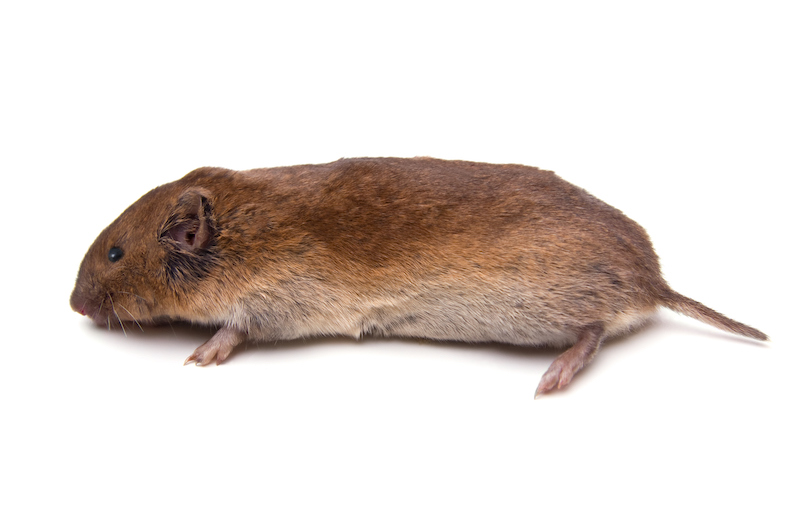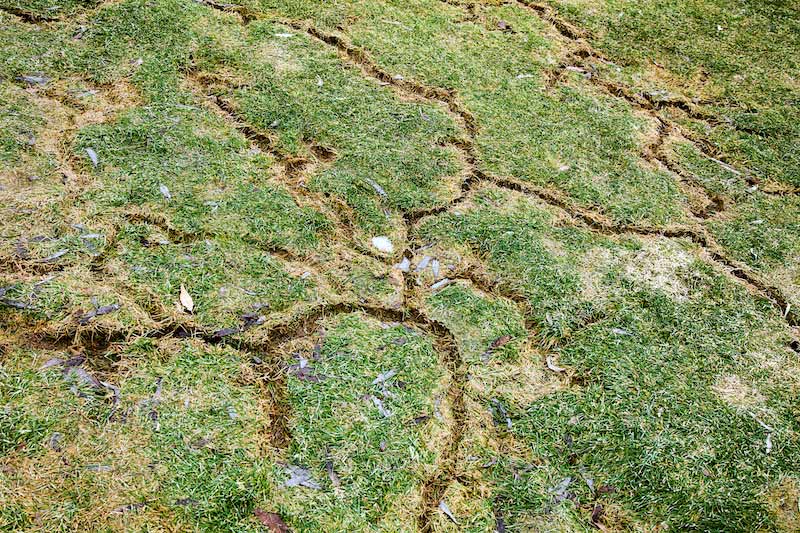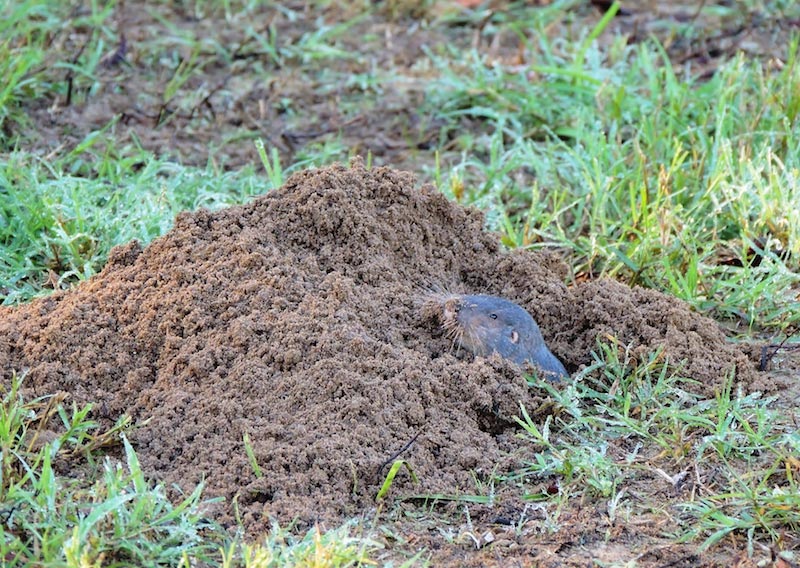Chemical-Free Protection Against Burrowing Pests
Burrowing pests, such as moles, voles and gophers, turn high hopes into heartbreak when plants you've nurtured fall victim to their tunnels and holes. While some of these pests damage plants by feeding on vital plant parts, others inflict collateral damage as they chase after subterranean insects. Either way, you and your landscape suffer when plants take a hit from these destructive pests.
Amdro Gopher Traps are easy-to-use, baitless traps designed for use in residential lawns. These traps ensure effective pest control without the need for poisons or chemicals. Each pack contains two traps, complete with illustrated instructions, making setup a breeze.Moles
The first sign of moles in your lawn or garden is usually a network of raised tunnels just below the soil surface. Along with those feeding tunnels, you'll soon find cone-shaped molehills scattered throughout your lawn. On close inspection, molehills reveal a centered entry hole, which may be open or plugged with soil.

Moles are more closely related to bats than rodents.
Though moles don't feed on plants, plant roots suffer significantly when they interfere with the hunt for insects, earthworms and grubs. In 60 seconds, a burrowing mole can tunnel 12 inches.1 Feeding and tunneling continue around the clock as moles search for food. If unprotected, old plants sustain damage, and new plants get pushed up and out of soil.
Many people lump moles in with rodents, but these creatures are more akin to bats than gophers or mice. Rarely seen outside their tunnels, common moles grow up to 8 inches long, covered in silvery gray fur. Learn to recognize their long, pointed snouts and small, fur-obscured eyes — and the oversize, heavily clawed front feet that make digging through plant roots fast and easy.

Molehills are volcano-shaped with a central hole.
Voles
In regions where snow covers lawns and gardens in winter, the first shock of vole damage often comes when snow melt reveals a maze of bare, above-ground runways where green grass once was. In warmer temperatures, the runways between vole burrows stay hidden under fresh grass clippings or low-hanging ground covers.

Voles are mouse-like rodents with short legs and short, furry tails.
Unlike moles, voles are rodents that feed heavily on plants, from flowers, vegetables and grasses to seeds and bulbs. Tree and shrub bark slightly above or below ground level is a favorite vole target. These pests frequently eat away the bark all the way around the trunk or stem, girdling the plant so nutrients no longer flow. The damage spells slow, sure death for your favorite trees and shrubs.
Also known as meadow mice, common voles grow up to 8 inches long, including their short, fur-covered tails. Compared to common house mice, voles are larger and huskier overall and have longer gray or brown fur. Their ears are much smaller and their legs are shorter as well. Voles are prolific breeders that mature rapidly. In prime conditions, populations can skyrocket to thousands of these pests in a single acre.2

Homeowners often discover vole damage when snow melts in spring.
Gophers
In gopher-prone areas, stories of watching plants disappear into the ground abound. Common gophers are notorious plant-feeding pests known to pull entire plants down into their tunnels as helpless gardeners look on. Most gopher damage occurs underground as these pests feed on plant roots, but they're known to strike plants above ground, too.

Gophers have well-developed whiskers and incisors, both used in tunneling.
Unlike mole tunnels, gopher tunnels stay hidden deeper underground, but piles of freshly displaced soil confirm who's at work. Unlike conical molehills, gopher mounds fan up and out in a crescent or horseshoe-like shape. You'll find their plugged entry hole located at one side. Elaborate burrow systems can cover up to 2,000 square feet.3
Gophers typically grow up to 10 inches long, with short gray-brown fur, tiny ears and small eyes. Abundant sensitive whiskers combine with strong shoulders, very large incisors and large, clawed forefeet to help these pests burrow around the clock year-round. To help their inner mouth stay dirt-free as they dig with through soil, gopher anatomy allows them to close their lips behind their large front teeth.3

Gopher mound holes are at the mound's side, not the center.
Always read product labels thoroughly and follow instructions.
Amdro is a registered trademark of Central Garden & Pet Company.
Sources:
1. B. S. Fresenburg, "How to Control Moles and Reduce Turfgrass Damage," University of Missouri Integrated Pest Management, September 2015.
2. T. P. Salmon and W. P. Gorenzel, "Voles (Meadow Mice)," UC Statewide Integrated Pest Management Program, June 2010.
3. T. P. Salmon and R. A. Baldwin, "Pocket Gophers," UC Statewide Integrated Pest Management Program, September 2009.




